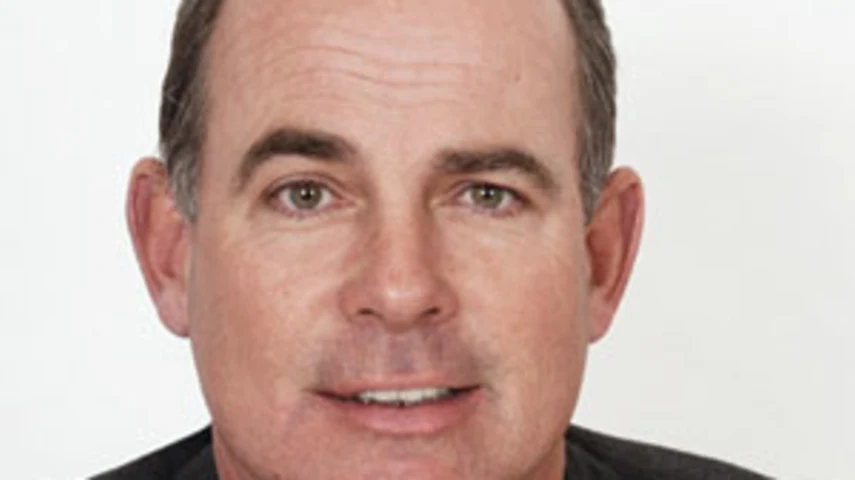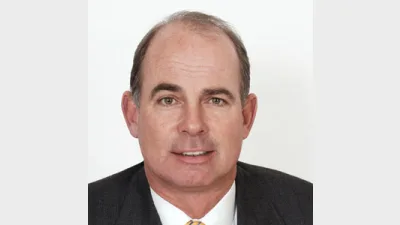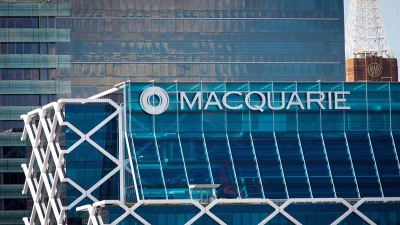IOOF reports strong year after Plan B acquisition



IOOF Holdings has reported a $79.8 million net profit for the year ended 30 June following acquisition growth and improvements in productivity.
Since the acquisition of Plan B in October last year, IOOF has generated $6.1 million in pre-tax synergies ($5 million in the second half of 2012/13), according to the latest financial results.
“It is anticipated the future product rationalisation will produce further meaningful synergies for the company,” the report stated.
“This rationalisation is necessarily on hold until IOOF has completed the implementation of all current regulatory requirements imposed upon the financial services industry.”
IOOF’s funds under management, advice, administration and supervision (FUM) increased by 11 per cent to $120.2 billion while total platform net flows - excluding funds acquired through the acquisition - reached $262 million for the year.
In addition, the group’s flagship platforms reported net funds growth of $827 million, up 28 per cent.
IOOF managing director Christopher Kelaher said the group’s FUM growth would provide a solid platform for 2013/14, particularly as regulatory challenges are overcome and the business can refocus on value-adding to its products and services.
“The first positive net fund flow result since the transformative acquisition of Australian Wealth Management in 2009 is an important milestone for the group and represents a significant milestone from previous years,” he said.
IOOF’s directors declared a fully franked 22.5 cents per share final dividend to be paid on 16 October 2013. This takes the total dividend for the year to 42 cents per share, a 14 per cent increase on last financial year.
Recommended for you
In this episode of Relative Return Insider, host Keith Ford and AMP chief economist Shane Oliver unpack the RBA’s decision to keep the cash rate on hold in the face of rising inflation and whether the governor’s hawkish tone is a sign of things to come.
In this episode of Relative Return Insider, host Keith Ford and AMP chief economist Shane Oliver discuss the September quarter GDP figures, which show Australia’s economy regaining momentum.
In this new episode of The Manager Mix, host Laura Dew speaks to Haley Devine, head of wealth management at MaxCap Group, to delve into private credit and commercial real estate.
In this new episode of The Manager Mix, host Laura Dew speaks to Benjamin Leung, head of systematic investments at Macquarie Asset Management, to understand the use of systematic investments.







